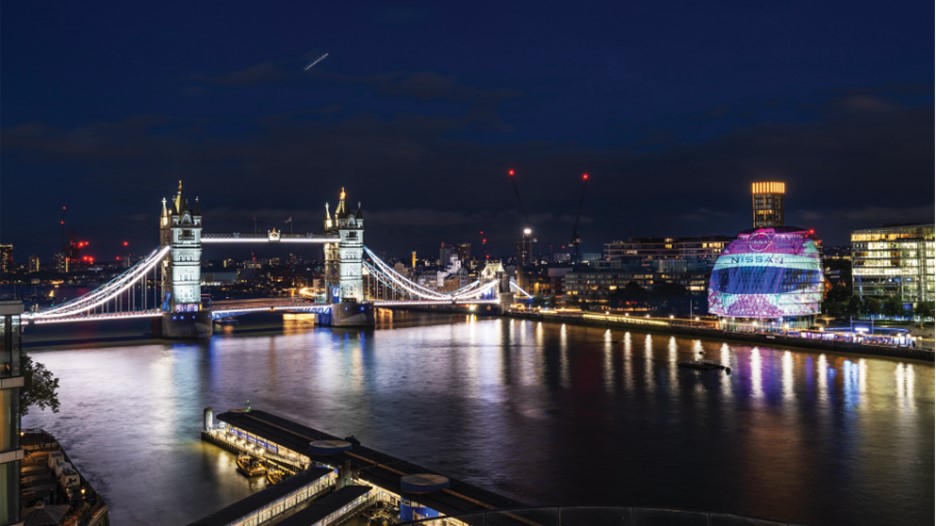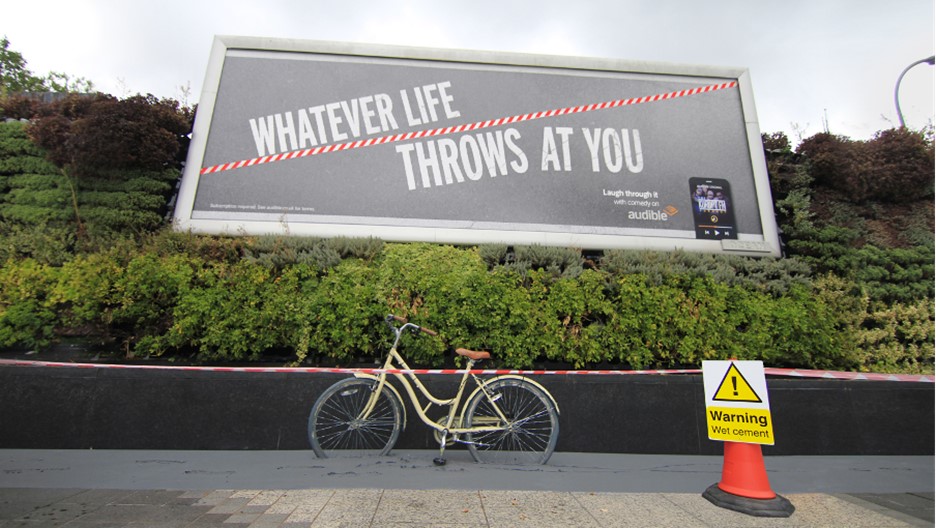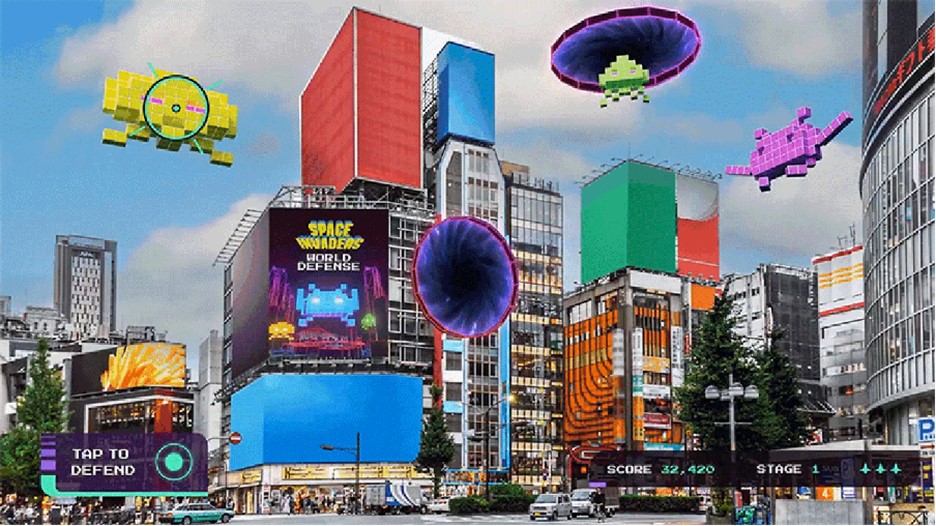
Virgin Media O2 launches summer online safety campaign
Virgin Media O2 and Internet Matters spotlight the importance of having conversations about online safety and starting them early

In times of crisis unpredictable creativity is about to make a comeback

Let’s be honest, a lot of the news and media we consume now is dark, depressing, even dystopian.
One natural by-product of a relentless stream of bad news is that audiences crave escapism. It’s therefore not surprising that we are increasingly seeing a wave of joy, humour and a significant dash of surrealism make a comeback in advertising.
Recognising the power of humour in advertising, the Cannes Lions festival recently introduced the first category dedicated to rewarding humorous work this year.
Winning awards is great but there are greater benefits to making audiences smile than getting your hands on a Cannes Lion. Studies, such as Kantar's AdReaction study, underline humours effectiveness in enhancing receptivity, making it a potent tool for advertisers.
Everyday structures can be transformed into giant cakes or racing helmets if we seek inspiration in our surroundings and use the real world as our canvas.
Dominic Murray, Head of Innovation, GroupM OOH
At the same time Generative AI platforms like Midjourney and Dall-E are not only impacting advertising creative, they are ‘mainstreaming’ surrealism, sending images such as the Balenciaga Pope viral.
While witty or subversive campaigns can deliver effective results for brands on many media, out of home (OOH) advertising is a medium that naturally lends itself to this style of creative.
The reasons that OOH is so well placed are both old and new. OOH has long served as a canvas for brands to express themselves creatively, entertain audiences, and spark meaningful connections. From clever wordplay to vibrant public art, OOH campaigns have a unique ability to capture attention and evoke an emotional response.
In addition, OOH is a physical medium with unrivalled scale, which enables the fantastical. Everyday structures can be transformed into giant cakes or racing helmets if we seek inspiration in our surroundings and use the real world as our canvas. We can enhance every day, mundane environments through creativity, transforming them into unexpected and delightful scenes that improves people’s experiences of liminal spaces such as escalators or tunnels on the London Underground.

Humour thrives on the unexpected, and OOH excels at delivering it through surprising juxtapositions and exaggerated installations. A blank billboard becomes a comic strip panel waiting for a punchline, while visual comedy finds expression through cleverly crafted slapstick set pieces.

Last year, we saw the rise of CGI OOH videos that exemplified the shift towards the weird. Trains and Buses with eyelashes, self-driving hand-bags and Big Ben in a puffer.
Christened ‘Faux Out of Home’ – FOOH for short - the overlap of CGI graphics on real-world settings, often typical OOH environments, captured attention and drove conversation. They had scroll-stopping power because they were curious, compelling and well crafted.
However, authenticity remains paramount. While CGI content may impress, our Alfresco Life consumer study indicates that the public have a strong preference for real-world ads, emphasising the value audiences place on genuine effort and creativity. 44% of respondents were less impressed when they discovered that a FOOH ad was CGI, while 46% of respondents felt more positively towards an ad when they knew it was real - especially among 18-34 year olds where the figure is closer to 60%.
One emerging sweet spot for brands is to blend surreal CGI elements with reality. The London Essence Co’s recent campaign for their premium mixers blended a real site – a stylish banner in east London - with a ‘FOOH’ activation. The viral social content sees a London cab with a huge cocktail glass on its roof pull up in front of the billboard before a giant hand takes the bottle from the advert and pours it into the glass set upon a London taxi.
Here the advertiser gets the best of both worlds. An unmissable billboard in a location that hits the right audience as well as quirky and engaging social content. Expect this fun and slightly surreal blend of real and FOOH to be a growth area in 2024 as creatives become more playful with this style of hybrid campaign. Just a watch out, if you’re planning any CGI OOH, for some OOH sites (e.g. Piccadilly Lights) permission from landowners and/or media owners needs to be sought before use.
Elsewhere, on high streets and on iconic screens across the UK, advances in technology are pushing the boundaries of OOH creativity in other ways. 3D OOH is enjoying continued success and expansion with 2023 seeing the UK’s first national 3D OOH campaign for Maybelline’s Falsies Surreal Extension Mascara. The campaign delivered 3.5 times sales uplift verses static creative, with its success in the UK seeing it launched in other markets.
In 2024, we expect to see more interactive 3D DOOH experiences which allow people to take control of on-screen content through their mobiles. At the same time, geo-spatial advancements have made it easier for creatives to anchor augmented reality overlays to physical locations, allowing surrealist AR visuals to overlap the real world.

Unconventional creativity is not new. In fact, it’s a hallmark of successful advertising. The Effie Global Best of the Best analysis found that 83% of winners broke category rules, engaging audiences in surprising, emotive ways. In 2024, we believe the return of humour and the emergence of a new surrealist aesthetic will converge even further. With its larger than-life presence and ability to adapt and incorporate new technology, brands willing to experiment in this area will likely find the solution is OOH. The reward for advertisers will be memorable experiences and strong emotional connections with their audience.
Dominic Murray is the Head of Innovation (OOH) at GroupM. Dominic is responsible for inspiring innovative and creative work in OOH through the ever-evolving production and technology opportunities within the channel from dynamic DOOH to Drone Shows. Dominic has worked at GroupM OOH since 2014 as part of the Active Creative Solutions team previously working both media agency and media owner side. He is a keen public speaker and creative thinker who enjoys sharing his enthusiasm for OOH with clients and colleagues.
Looks like you need to create a Creativebrief account to perform this action.
Create account Sign inLooks like you need to create a Creativebrief account to perform this action.
Create account Sign in